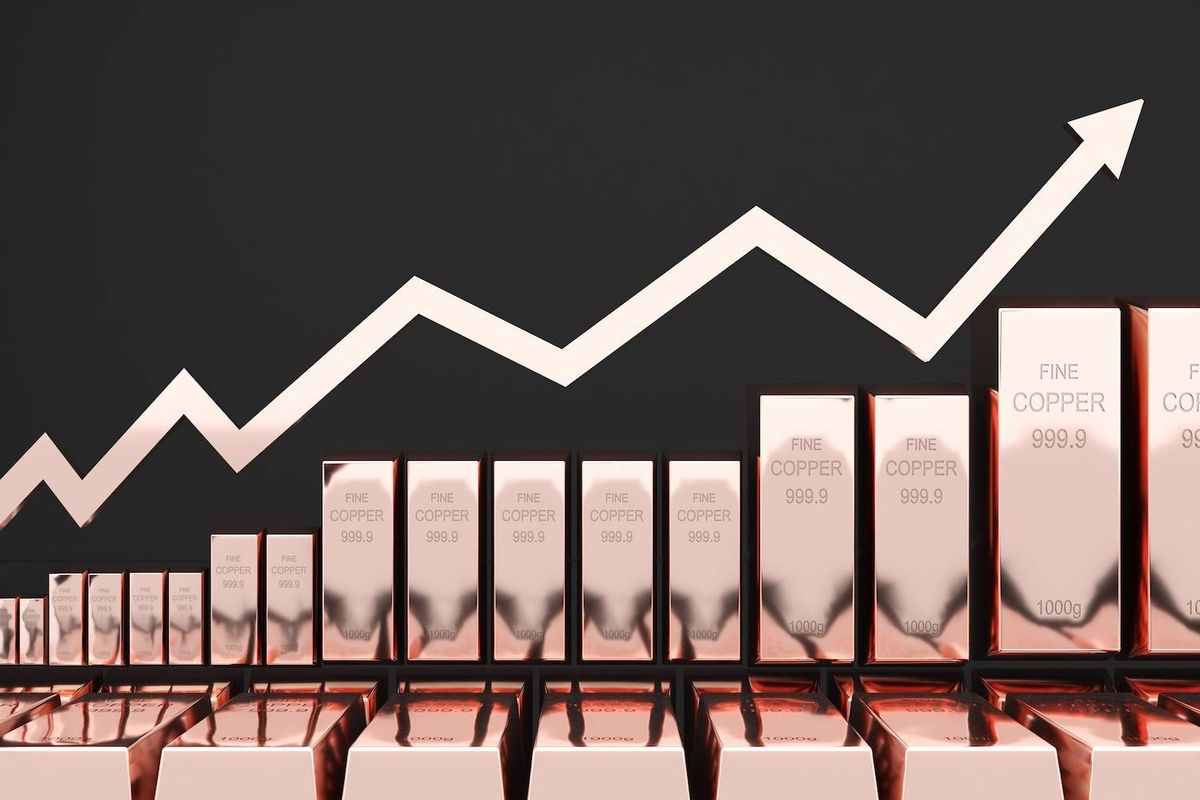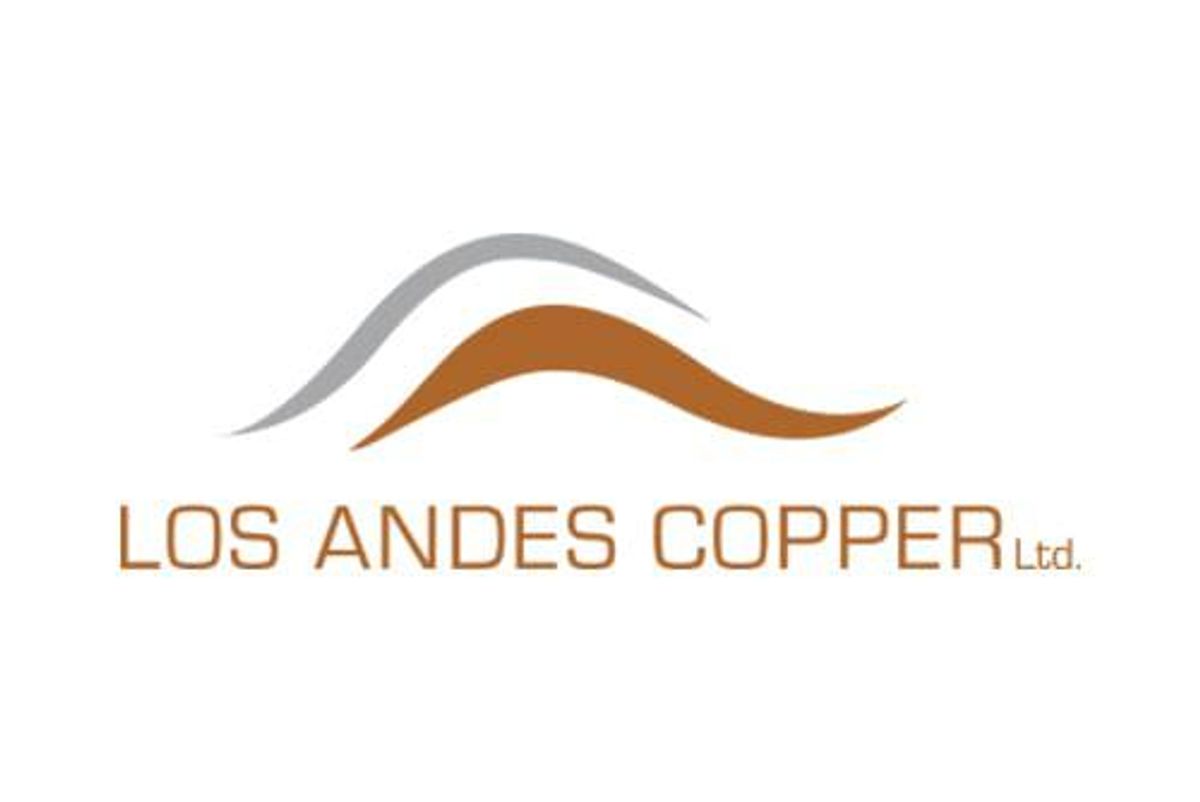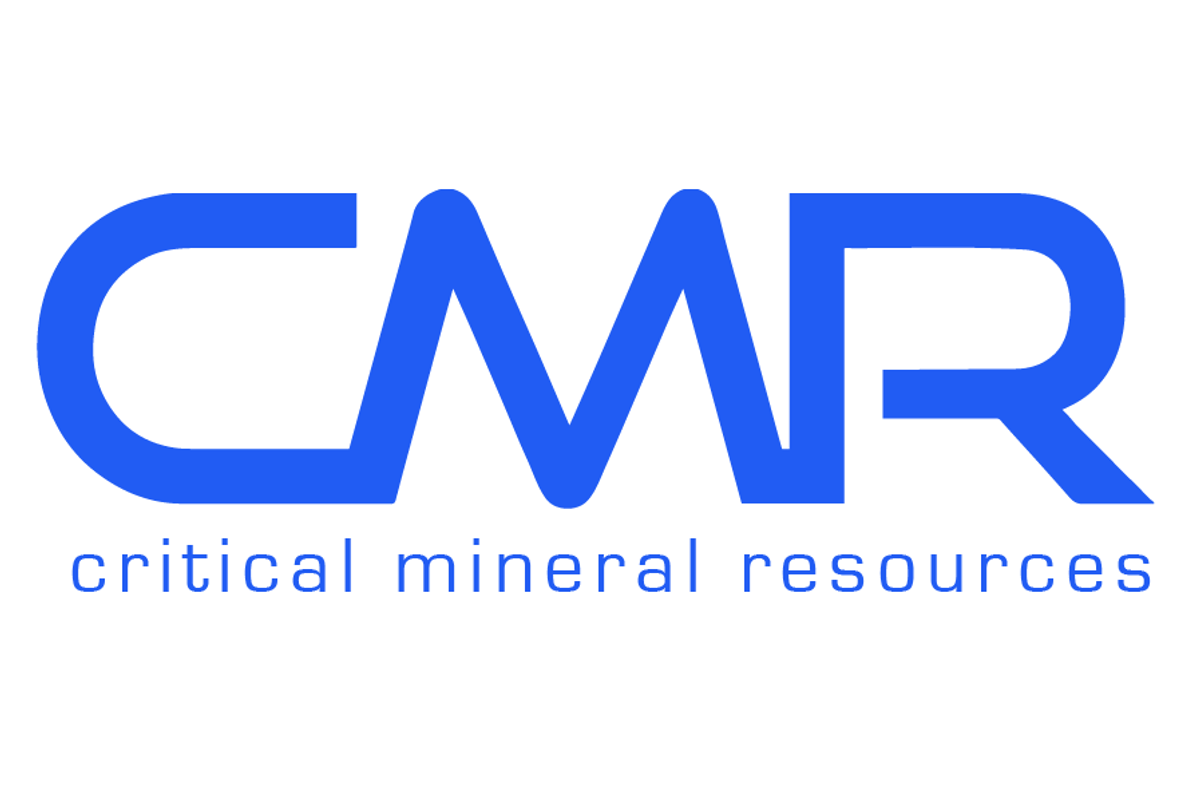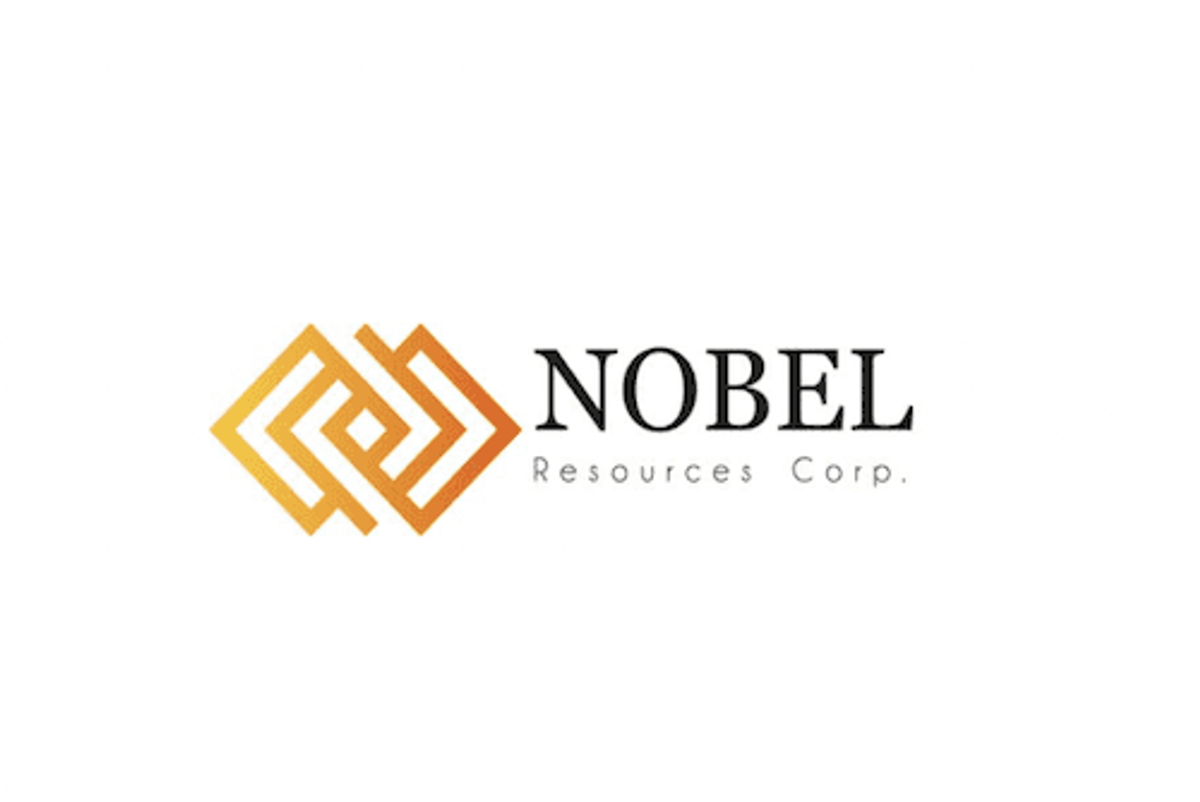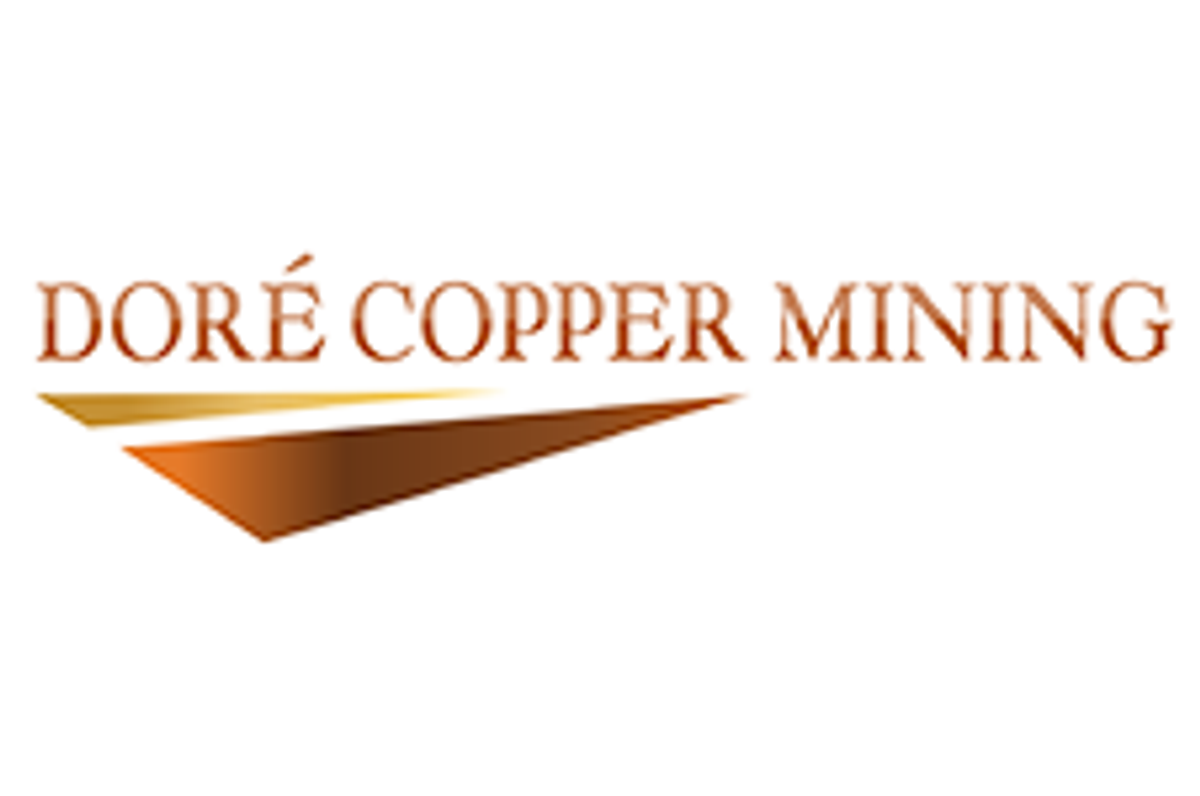
October 25, 2024
Doré Copper Mining (TSXV:DCMC,OTCQB:DRCMF,FRA:DCM) is positioning itself as a near-term producer in the prolific Chibougamau region of Québec, Canada. The company is actively advancing its assets toward production, taking advantage of its brownfields high-grade copper and gold projects, existing infrastructure, and supportive jurisdiction. The company aims to establish itself as Quebec’s next copper producer, with a hub-and-spoke mining strategy centered around its Copper Rand mill.
Doré Copper Mining operates in the Chibougamau mining camp, an area known for its historical copper and gold production, within the world-renowned Abitibi Greenstone Belt. The company’s flagship asset, Corner Bay, is complemented by several other projects, including Devlin, Joe Mann, Cedar Bay, and Copper Rand. These properties form the foundation of Doré Copper Mining’s near-term and future production plans.
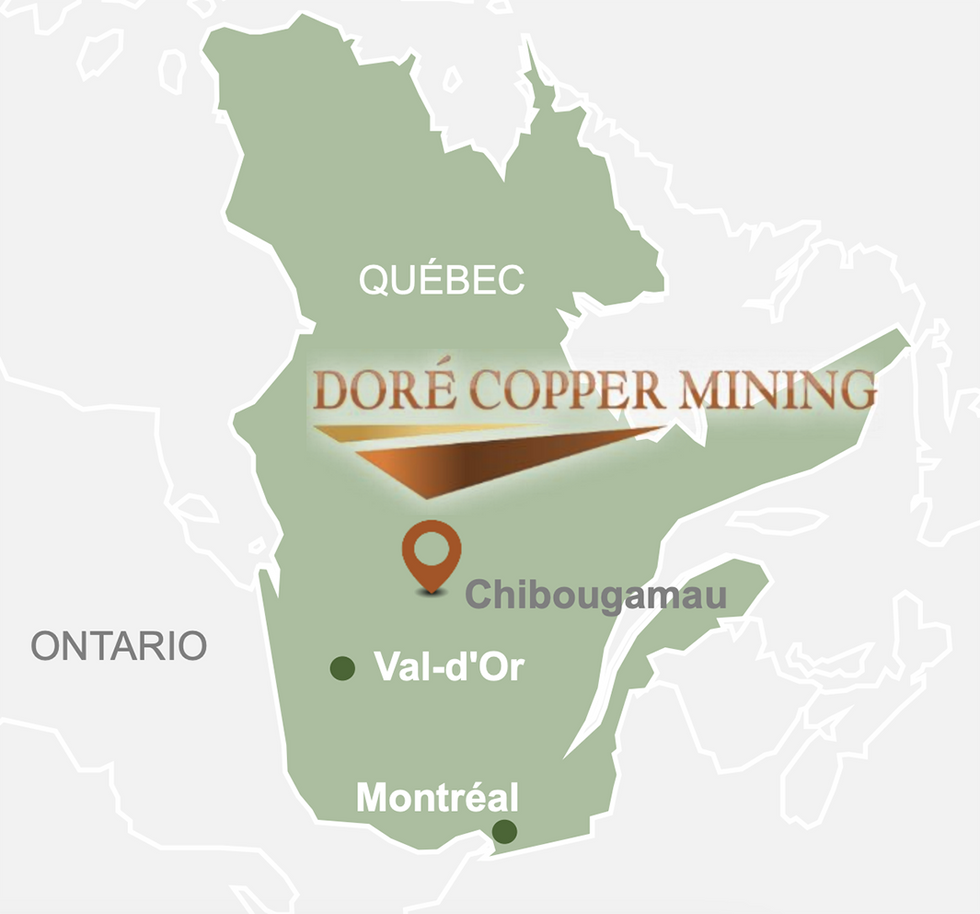
Doré Copper Mining’s assets are located within a well-known copper and gold mining region, with a long history of production. The company’s current strategy revolves around a hub-and-spoke model, with the Copper Rand mill serving as the processing hub, fed by multiple satellite deposits. The key projects in the PEA include Corner Bay, Devlin, and Joe Mann. Other past producing mines, like Cedar Bay and Copper Rand, have further exploration potential.
Company Highlights
- Doré Copper Mining’s hub-and-spoke mining model—using the Copper Rand mill as the central processing facility for its satellite deposits—would support an initial production target of more than 50 million pounds of copper equivalent annually, with a mine life exceeding 10 years.
- A Preliminary Economic Assessment (PEA) was released in 2022 outlining a relatively modest initial capital expenditure of C$180.6 million, highlighting the economic potential of the project with an after-tax net present value (NPV) of C$193 million and an internal rate of return (IRR) of 22.1 percent.
- A feasibility study is underway, which is expected to provide more detailed engineering data and further de-risk the operations
- Corner Bay, the flagship asset, is among the highest-grade copper deposits in North America, with an indicated resource of 2.6 million tonnes at a grade of 2.66 percent copper and an inferred resource of 5.8 million tonnes at a grade of 3.44 percent copper.
- The 100 percent owned Copper Rand mill will be refurbished for future production and will be the only operating mill in the Chibougamau region. The mill will have extra capacity and provides the ability to process its own ore while potentially offering toll milling services to other nearby mining projects.
- Doré Copper Mining is led by an experienced and highly skilled management team.
This Doré Copper Mining profile is part of a paid investor education campaign.*
Click here to connect with Dore Copper Mining (TSXV:DCMC) to receive an Investor Presentation
DCMC:AU
The Conversation (0)
11h
Rio Tinto, Glencore Restart Talks on US$260 Billion Mining Mega-Merger
Commodities giants Rio Tinto (ASX:RIO,NYSE:RIO,LSE:RIO) and Glencore (LSE:GLEN,OTCPL:GLCNF) said on Thursday (January 8) that they have restarted talks about a potential business combination.The two major miners spoke previously back in 2024, but failed to reach an agreement. This time around,... Keep Reading...
07 January
Copper Price Hits All‑time High on Supply Constraints and Trade Fears
The copper price climbed to a fresh record on Tuesday (January 6), with persistent supply disruptions and trade uncertainty pushing the metal to a nearly 30 percent rally since October.Benchmark three month copper on the London Metal Exchange (LME) rose as much as 3.1 percent in early trading to... Keep Reading...
07 January
Company owned drill rig - first drill hole completed
Critical Mineral Resources plc (“CMR”, “Company”) is pleased to report that its newly commissioned diamond drill rig has successfully produced its first core from Zone 1 North, marking an important operational milestone and supporting the next phase of exploration and project advancement.The... Keep Reading...
07 January
First Diamond Drill Program Commences at Nobel's Flagship Cuprita Copper Project, Antofagasta Region, Chile
Nobel Resources Corp. (TSX V: NBLC) (the "Company" or "Nobel") is pleased to announce commencement of mobilization by the Company's diamond drill contractor to the Cuprita copper project ("Cuprita" or the "Project") and drilling will commence during the week of January 12th. All necessary... Keep Reading...
Latest News
Interactive Chart
Latest Press Releases
Related News
TOP STOCKS
American Battery4.030.24
Aion Therapeutic0.10-0.01
Cybin Corp2.140.00

